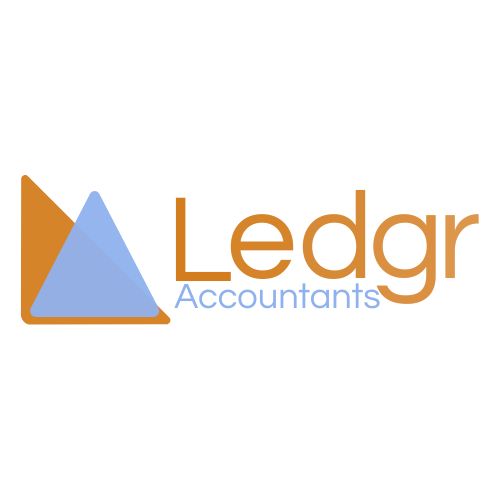Pension Contributions
- Ish Mukit

- Aug 27
- 3 min read
As the summer months settle in, many people take the opportunity to pause and reflect on their finances. For those running small businesses or working as sole traders, August can be an ideal time to look at pension contributions. The first quarter of the 2025/26 tax year has passed, but there is still plenty of time to plan ahead.
A well-timed pension contribution can make a real difference to your overall tax position. It reduces taxable income, supports your retirement goals and can improve cashflow planning for the remainder of the financial year. Many clients use this point in the year to check whether their existing payments are on track with their income and profit forecasts.
Pensions Contributions
Pension contributions remain one of the most effective ways to reduce your tax bill while planning for the future. For the 2025/26 tax year, the annual allowance is £60,000 or 100% of your earnings, whichever is lower. Contributions within this limit qualify for tax relief at your marginal rate. Higher-rate and additional-rate taxpayers receive relief through Self Assessment, while basic-rate relief is added automatically by pension providers.
For company directors and business owners, there is a further opportunity to make employer contributions through the company. These payments are usually deductible as a business expense, reducing Corporation Tax liabilities. To qualify, the contributions must be wholly and exclusively for the purposes of the business, meaning they should be reasonable and consistent with the size and profitability of the company.
Sole traders and contractors can also benefit by contributing personally into a private pension or self-invested personal pension (SIPP). Even modest monthly payments can grow significantly over time, especially when combined with tax relief. Reviewing contributions mid-year makes it easier to adjust future payments rather than trying to catch up later.
How it impacts you
The impact of pension contributions goes far beyond retirement savings. For individuals, contributions directly lower taxable income, which may reduce exposure to higher tax bands or preserve allowances that are withdrawn as income rises. For example, those earning between £100,000 and £125,140 can use pension payments to bring income back below the threshold where the personal allowance begins to taper away.
For company directors, pension contributions offer one of the most efficient ways to extract profits. Rather than drawing additional salary or dividends, a pension payment can provide long-term benefit while lowering the immediate tax burden. It is also a legitimate way to reward yourself for your efforts without increasing payroll costs.
For many people, August is a good time to check progress. Income from the first few months of the tax year provides a reliable guide to what total earnings might look like. Using that data, you can decide whether your pension payments are on track or whether there is scope to add more before the financial year closes. This mid-year awareness often prevents the last-minute rush that leads to hasty and less strategic decisions in March.
What you can do
Start by reviewing your income and profit forecasts for the 2025/26 tax year. Once you have a clear picture, check how much of your annual allowance has already been used. If you are a company director, speak with your accountant about making employer contributions from the business rather than personal funds, as this can offer additional savings.
If your earnings fluctuate, consider spreading contributions over several months rather than making one large payment at the end of the year. Regular payments help smooth cashflow and make it easier to manage both business and personal finances.
Those who have not yet used their carry forward allowances from the past three tax years may also have scope to make larger payments without breaching limits. Reviewing these figures now ensures that no allowance is lost when the new financial year begins in April 2026.
Finally, make sure that your pension provider and accountant are aligned. Keeping both informed means tax relief is claimed correctly and no payments are missed from the accounts. At Ledgr Accountants, we help clients plan contributions in a way that fits both personal goals and business strategy. It is a simple step that delivers long-term financial clarity.
Ish Mukit
Senior Accountant
References


Comments